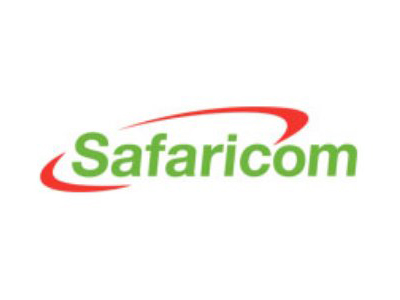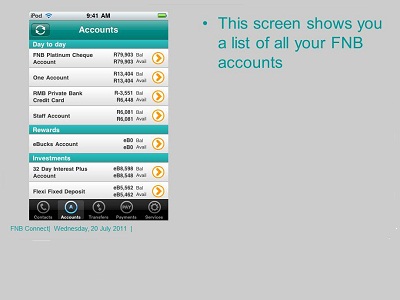
Photo Credit: mHealth Alliance
The mHealth Alliance recently released their second white paper on the interconnection between mobile health and mobile finance services. Entitled “Advancing the Dialogue on Mobile Finance and Mobile Health: Country Case Studies” and co-authored by Menekse Gencer, Founder of mPay Connect, and Jody Ranck, the report focused on four separate countries with varying degrees of intersection between mHealth and mFinance – Ghana, Haiti, Kenya, and the Philippines.
The report was commissioned in order to further explore how business models in the mHealth sector have leveraged mobile financial services (MFS) to improve the access and reach of health care in developing countries. The objectives included identifying new use cases that have shown promise at strengthening health systems, showing the characteristics in markets that have allowed MFS to improve the health care system, and recognizing the trends and challenges in how MFS can be implemented into mHealth projects. The goal is to continue to open the eyes of health providers, NGOs, MNOs, and government health agencies in developing countries to the ways that MFS can increase the care provided to the poor.
Benefits of Using MFS in Health Care
The authors make the argument in the report that mHealth can be assisted by MFS along the entire continuum of care (pre-pregnancy, pregnancy, birth, and postnatal) at multiple levels – patient, provider and administrative. Its uses at the patient level include all aspects of formal financial services (savings, insurance, and credit) to help smooth consumption as well as mobile money transfers to pay for medical services or transportation via cash. For providers, MFS allows for quicker remote payments to occur for health services and products along the supply chain and settlement of patient vouchers. Finally, at the administrative level, mobile payments allow remote and unbanked health workers to receive their salaries and reimbursements as well as for families to receive conditional cash transfers.
Countries
The countries selected have a diverse infrastructure in the MFS market and drivers from the private or public sectors, but the authors discovered three trends in each country:
1. A significant health concern that needed to be met
2. MFS had already launched in the markets
3. Either the business model, the quality of the services, or the accessibility of critical healthcare services was suboptimal without the use of MFS.
In Ghana, insurance has been pushed by the government. In a partnership with two MNOs (MTN and Tigo), Microensure has provided customers on the networks with life insurance. The drivers for this service included the need for assistance in covering funeral costs, the lack of a public option for life insurance, and consumer demand of insurance products which was caused by the government’s push to educate its citizens on health.
In Haiti, the driver of MFS in mHealth was the effect of the earthquake in 2010. After grants were provided to MNOs to develop mobile money services after the earthquake, the MNOs saw an opportunity to expand their services into mHealth with the cholera outbreak. This includes utilizing MFS to dispense medical supplies to stop the spread of the disease across the country.
The Philippines is the first country to heavily adopt MFS, and now they are leveraging the large adoption rate to provide health services. The government is now supporting the use of mHealth to reduce maternal and neonatal mortality rates through the well-developed MFS infrastructure. This includes payment for health products and vouchers for health services.
Finally, Kenya has utilized M-Pesa to pay for medical services and transportation at the patient level, payments for remote diagnostics at the provider level, and dispensing of conditional cash transfers and salary payments at the administrative level. M-Pesa was the driver along with Universal Health Care (UHC) in Kenya.
Key Challenges and Future Trends
The authors noted that there were multiple challenges discovered in their research and included brief look into the future of MFS and mHealth. The challenges included the MNOs desire for exclusive partnerships, scaling of services that need greater customer information, risks of cross-sector initiatives in markets with low mobile money adoption rates, shared phones which make it difficult to implement ID management systems, and exorbitant setup costs because of lack of interoperability between mobile money providers. As for the future, the authors see that these challenges will decrease with increased adoption rates of MFS and the decrease of the costs of utilizing MFS in the mHealth sector. Finally, the authors see a greater need for quality data to be accessible by both healthcare and financial service providers. The idea is that more quality data about a patient’s health and finances will allow for micro-insurance to be provided. It would allow for re-insurance to be provided to private or public insurance schemes to provide greater protection to those providing the insurance. The authors see a lack of movement in this space because of this lack of data. They see technology as a tool that would provide this information and expand the reach of insurance to the poor.














































